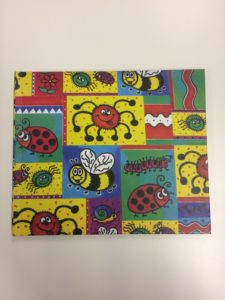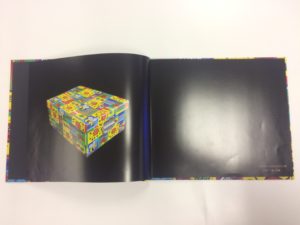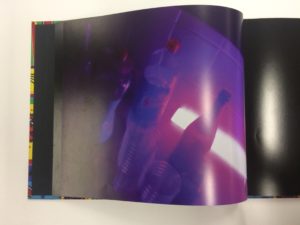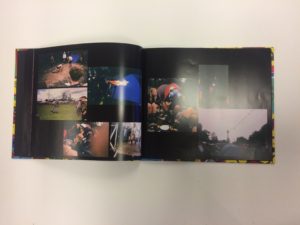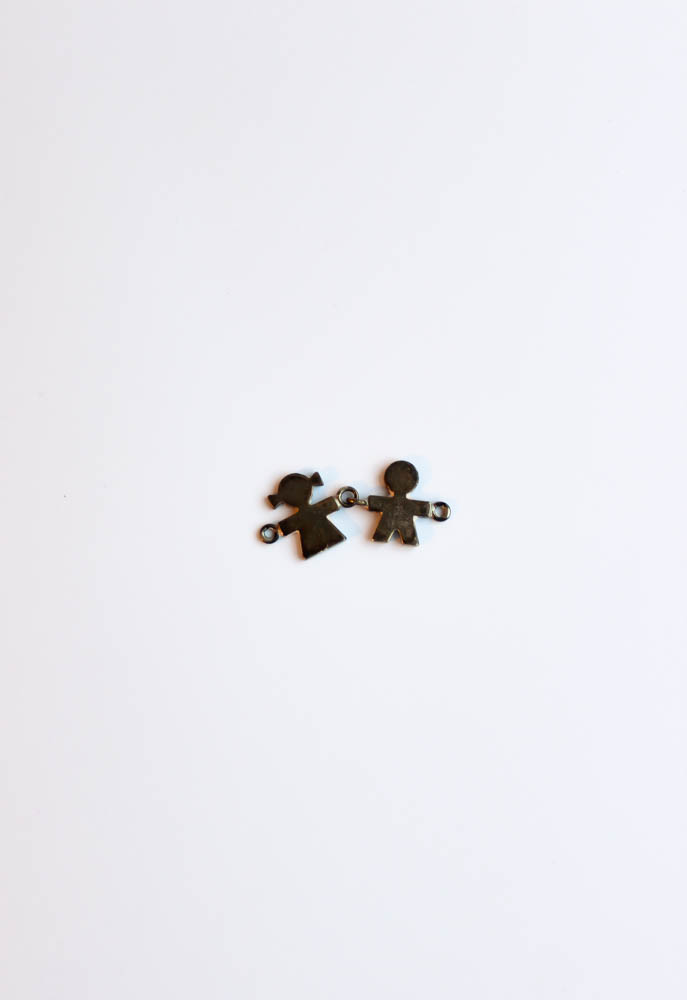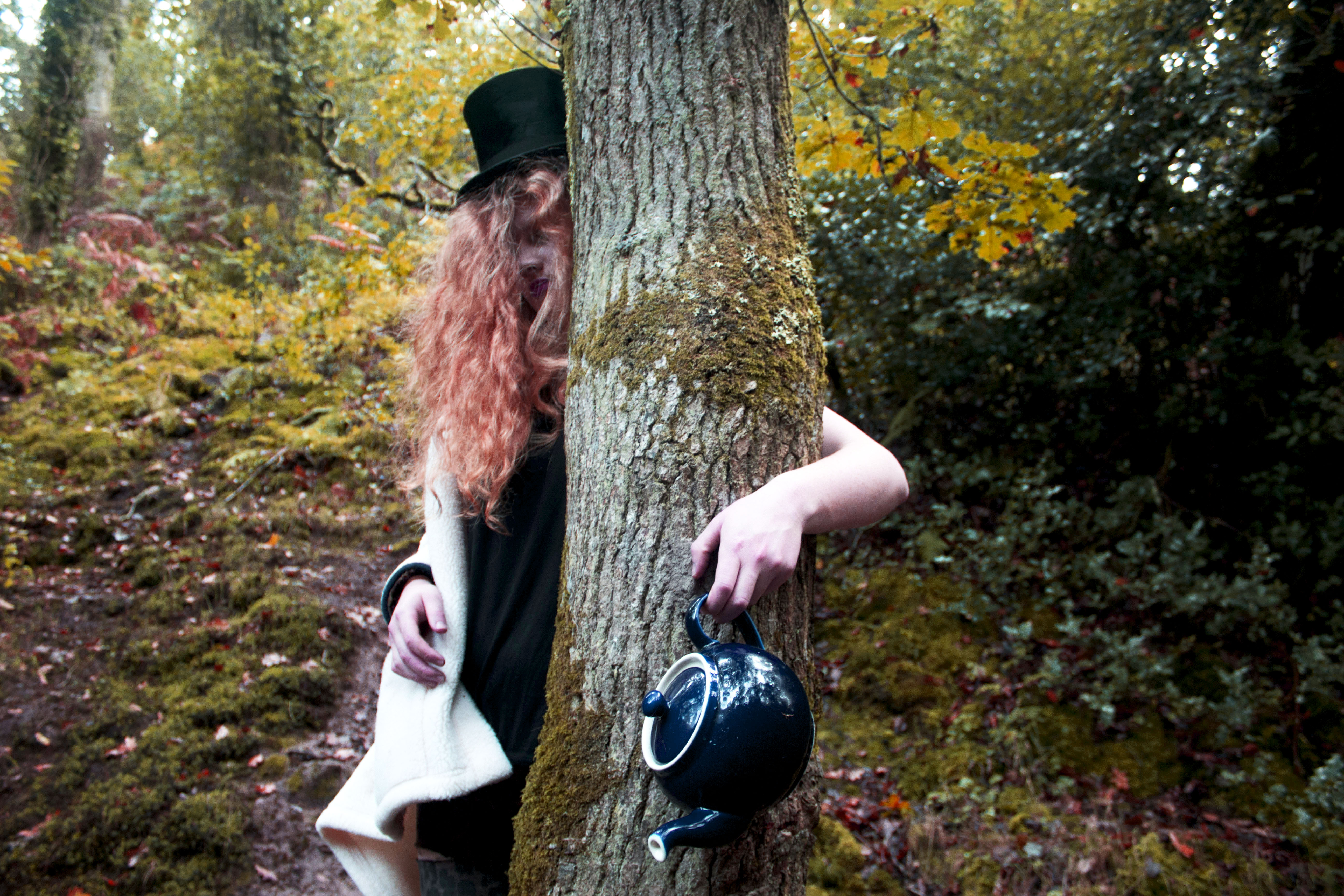I conducted phone interviews with various family members, we discussed my granddad’s physical and mental state, this is to get other peoples point of view of his current situation and how this has affected them personally. I also discussed with them the change in my granddad and what they feel has significantly changed and also their favorite memory of my granddad before the stroke. I had compiled several structured questions before conducting the interviews , which I asked all family members as well as asking questions in response to their answers to my original questions. His first stroke was in December 2006 and his second stroke was in January in 2008.
I also interviewed my granddad about how he felt about his current situation and how he himself feels it has changed his life. What he felt was the hardest part of his illness and how he feels about having to adapt his life.
These were the results of my interviews, I interviewed 5 people including my Granddad himself. Of course I asked if this was okay and if they were happy to talk about this with me to then use this for my photography project and all agreed they were happy for me to do so.
My original questions were:
How do you feel the strokes have affected granddad, both physically and mentally?
What are your thoughts on his current situation?
How has this affected you personally?
What was your favourite memory of Granddad and how would you describe him before his strokes?
If you could have summed him up in one word what would it have been?
Results:
MY MUM- Elaine Sutcliffe (his daughter)
How do you feel the strokes have affected granddad, both physically and mentally?
Well, physically he is unable to drive anymore, he doesn’t read as much because of his poor eye sight and although mentally he is still sharp, he struggles with his speech.
What are your thoughts on his current situation?
I feel sorry for him, as he doesn’t live the life he used to. He used to enjoy walking the dog for miles every day and also enjoyed cooking. But can’t do any of these now.
How has this affected you personally?
It has affected me personally in that dad and I had to help financially to buy a bungalow as he couldn’t cope with stairs anymore. However, this was something I was more than happy to do as I knew this would help him and my mum.
What was your favourite memory of Granddad and how would you describe him before his strokes?
Christmas morning- making christmas special even as a teenager and adult. Getting everyone to wait upstairs to wait to make sure santa had been and gone.
If you could have summed him up in one word what would it have been?
Hero
"HERO"
Physically he is unable to drive anymore, he doesn't read as much because of his poor eye sight and although mentally he is still sharp, he struggles with his speech. I feel sorry for him, as he doesn't live the life he used to. He used to enjoy walking the dog for miles every day and also enjoyed cooking. But can't do any of these now.
It has affected me personally in that my husband and I had to help financially to buy a bungalow as he couldn't cope with stairs anymore. However, this was something I was more than happy to do as I knew this would help him and my mum.
I can always remember him making christmas mornings so special even as a teenager and adult. Getting everyone to wait upstairs to wait to make sure santa had been and gone. That is one of my favourite memories.
(Small photo of Christmas)
MY UNCLE– Scott Jackson (his son)
How do you feel the strokes have affected granddad, both physically and mentally?
He struggles to walk long distances and is always in fear of falling, which makes him grip tightly onto banisters. Mentally, he is not as happy as he once was as he had to give up things he used to love.
What are your thoughts on his current situation?
I mean he would never moan about a thing but his current situation is upsetting to see as he is not the person he once was. He used to be the life and soul of the party.
How has this affected you personally?
I used to have a strong bond with my dad, all three of us did. He would always be laughing and joking, messing around. So I guess what I am trying to say is our relationship is a lot more serious and calm, the laughter is what I miss.
What was your favourite memory of Granddad and how would you describe him before his strokes?
My dad used to help run my junior football team, it was something I looked forward to every week and I enjoyed my dad supporting me as well as showing us new skills to use in the football game. He was always so active with all of us, we used to play in the snow in the winter and build snowmen, this is what comes to mind when I think of my childhood.
If you could have summed him up in one word what would it have been?
Legend
"LEGEND"
My dad struggles to walk long distances and is always in fear of falling, which makes him grip tightly onto banisters. Mentally, he is not as happy as he once was as he had to give up things he used to love. I mean he would never moan about a thing but his current situation is upsetting to see as he is not the person he once was. He used to be the life and soul of the party.
I used to have a strong bond with my dad, all three of us did. He would always be laughing and joking, messing around. So I guess our relationship is a lot more serious now after his strokes, the laughter is what I miss.
My dad used to help run my junior football team, it was something I looked forward to every week and I enjoyed my dad supporting me as well as showing us new skills to use in the football game. He was always so active with all of us, we used to play in the snow in the winter and build snowmen, this is what comes to mind when I think of my childhood.
(Small photo of him in the snow)
MY UNCLE- Graeme Jackson (his son)
How do you feel the strokes have affected granddad, both physically and mentally?
Mentally, he has given up. He does make me laugh because he’s been saying for years that he hasn’t got long left but will have reached 80 in a few weeks.
What are your thoughts on his current situation?
As I said before he’s given up, he is ready to go now even though everyone around him doesn’t want to let him go, he doesn’t want to be here anymore. I know he feels all my mum does is care for him and feels that has become her life.
How has this affected you personally?
I mean, its heartbreaking seeing him living the way he is, he can’t do anything he used to love doing and its devastating watching him deteriorate.
What was your favourite memory of Granddad and how would you describe him before his strokes?
My Favourite memory of my dad has got to be when he brought our childhood dog home, Bess. We begged for a dog for so long and this one day he came home with a dog, Bess was a huge part of his life and she brought the family a lot of happiness.
If you could have summed him up in one word what would it have been?
Brave
"BRAVE"
Mentally, he has given up. He does make me laugh because he's been saying for years that he hasn't got long left but will have reached eighty in a few weeks. But, he is ready to go now even though everyone around him doesn't want to let him go, he doesn't want to be here anymore. I know he feels all my mum does is care for him and feels that has become her life.
Its heartbreaking seeing him living the way he is, he can't do anything he used to love doing and its devastating watching him deteriorate.
My Favourite memory of my dad has got to be when he brought our childhood dog home, Bess. We begged for a dog for so long and this one day he came home with a dog, Bess was a huge part of his life and she brought the family a lot of happiness.
(Small photo of him and bess)
MY GRAN- Andreina Jackson (his wife)
How do you feel the strokes have affected granddad, both physically and mentally?
Oh gosh, it’s changed him dramatically! Physically he can hardly move or do anything for himself anymore, which is painful to witness as he used to be so independent. Mentally, he gets confused often and forgets a lot, which is something he would never have done before.
What are your thoughts on his current situation?
It’s hard to watch him fade away, I find it hard to talk to him about the past as I feel it upsets him to think about how he used to be and comparing it to how he is now. This shouldn’t have happened to my Jim, he is too good.
How has this affected you personally?
Personally, I have to care for him now, almost acting like his nurse and have been for almost 12 years. I don’t mind looking after him, but I feel like I have lost my freedom to do things for myself, without worrying about Jim.
What was your favourite memory of Granddad and how would you describe him before his strokes?
My favourite memory, umm there is so many! But it has to be our wedding definitely. Seeing my husband to be look at me with pure love, he looked gorgeous I can’t explain how excited I was to spend the rest of my life with this man. I was and still am in love with this man.
If you could have summed him up in one word what would it have been?
Precious
"PRECIOUS"
It's changed him dramatically! Physically he can hardly move or do anything for himself anymore, which is painful to witness as he used to be so independent. Mentally, he gets confused often and forgets a lot, which is something he would never have done before.It's hard to watch him fade away, I find it hard to talk to him about the past as I feel it upsets him to think about how he used to be and comparing it to how he is now. This shouldn't have happened to my Jim, he is too good.
Personally, I have to care for him now, almost acting like his nurse and have been for almost 12 years. I don't mind looking after him, but I feel like I have lost my freedom to do things for myself, without worrying about Jim.
My favourite memory, there is so many! But it has to be our wedding definitely. Seeing my husband to be look at me with pure love, he looked gorgeous I can't explain how excited I was to spend the rest of my life with this man. I was and still am in love with this man.
MY GRANDDAD- Jimmy Jackson
How do you feel the strokes have affected you, both physically and mentally?
Honestly, I can hardly move. I’m in so much pain all the time and this drains me mentally. I have my low days, where I wish it would all just go away but I’ve lived a great life and I can never forget that.
What would you say the hardest part of all of this has been?
The hardest part for me, would have to be losing my eye. It was taken out as I had lost sight in it and I had regular pain behind my eye socket. This was supposed to stop the pain but it didn’t… now I get infections in my eye, which is extremely painful. Not being able to see is sometimes terrifying.
I understand you have lost some aspects of your left, What do you miss the most?
I miss being independent, I used to do everything for myself and my family. This was when I was at my happiest. I miss being capable to do things for myself, now I don’t feel I am living, depending on Andreina, which is something I never really used to do.
What gets you through the hard times?
The fact I have a good life before all of this is what gets me through my hard times, having all the family support is overwhelming.
What made you so determined to walk, talk and feel again as you lost all of these after your second stroke?
I was determined to learn to walk,talk and feel again because I couldn’t live my life in a wheelchair. I was too independent to have all of that taken away from me. I am blessed to have been able to learn to do these basic things again as many give up and don’t have the motivation to do so. This motivation came from my family.
How do you feel about getting to 80?
I should have died a long time ago, the fact I have got to eighty is mind blowing but i’m ready to go now, I feel it is my time to go.
"I should have died a long time ago, the fact I have got to eighty is mind blowing but i'm ready to go now, I feel it is my time to go."
I can hardly move. I'm in so much pain all the time and this drains me mentally. I have my low days, where I wish it would all just go away but I've lived a great life and I can never forget that.
The hardest part for me, would have to be losing my eye. It was taken out as I had lost sight in it and I had regular pain behind my eye socket. This was supposed to stop the pain but it didn't... now I get infections in my eye, which is extremely painful. Not being able to see is sometimes terrifying.
I miss being independent, I used to do everything for myself and my family. This was when I was at my happiest. I miss being capable to do things for myself, now I don't feel I am living, depending on Andreina, which is something I never really used to do. But, the fact I have a good life before all of this is what gets me through my hard times, having all the family support is overwhelming.
I was determined to learn to walk,talk and feel again when I lost the ability to do so because I couldn't live my life in a wheelchair. I was too independent to have all of that taken away from me. I am blessed to have been able to learn to do these basic things again as many give up and don't have the motivation to do so. This motivation came from my family.
These are to go along side a portrait of each of these family members to express what they think and feel about his illness. This will be presented in my final book. I also interviewed some of my cousins but they did not take the topic seriously and therefore, I did not use it. For these portraits, I will take them on a plain background- Making them all the same. A studio-based portrait is what I will be going for. They will be framed the same, just photographing the head and shoulders, keeping this consistent throughout each shoot. I will be exploring different angles of the subjects face to see what works and is successful in each portrait.









